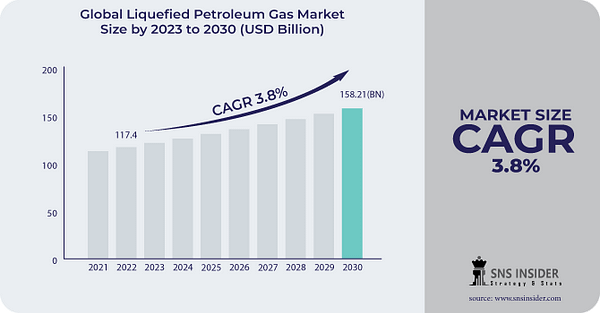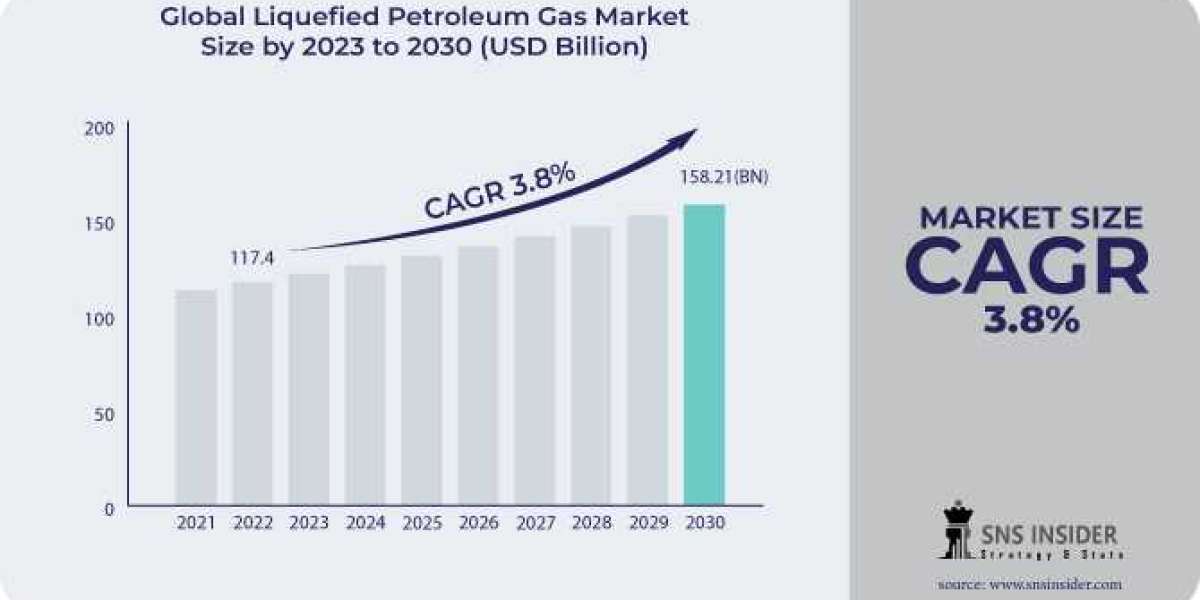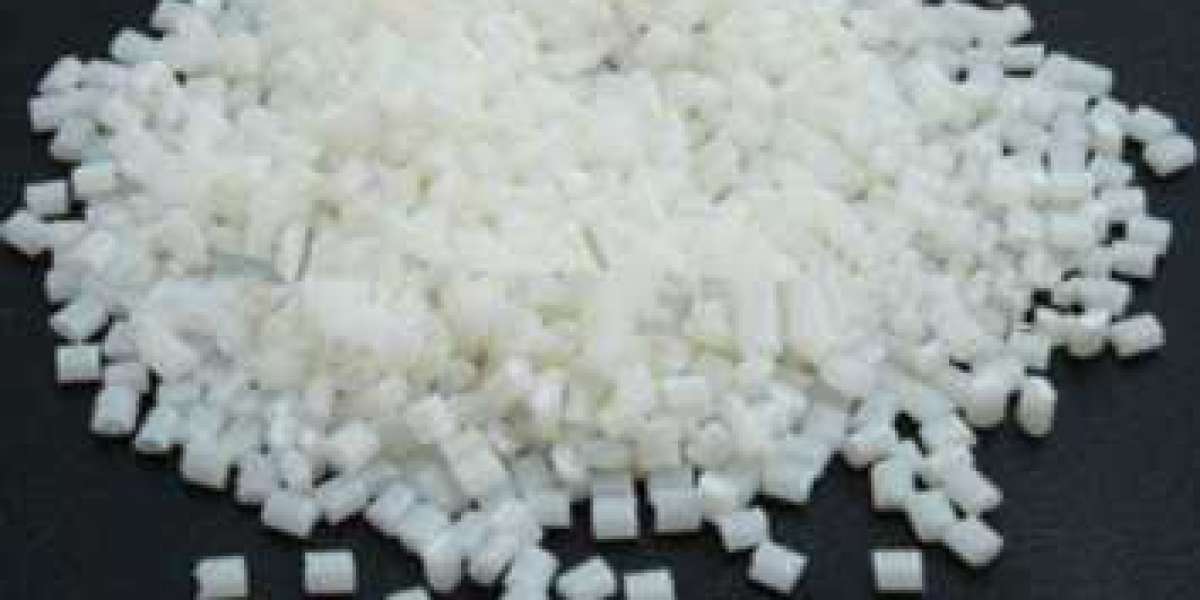
The Liquefied Petroleum Gas (LPG) Market size was valued at USD 117.4 billion in 2022 and is expected to grow to USD 158.21 billion by 2030 with an emerging CAGR of 3.8% over the forecast period of 2023–2030.
Market Overview
Liquefied Petroleum Gas (LPG) is an essential energy resource used for heating, cooking, and as a fuel for vehicles. With increasing awareness about cleaner energy solutions, LPG is gaining traction as a preferred energy source in both developed and emerging economies. The market is anticipated to grow steadily, supported by innovations in LPG production, rising industrialization, and expanding infrastructure for LPG storage and distribution.
Key Market Segmentation
The LPG market is segmented by source, application, and region.
By Source
- Refinery:
LPG sourced from refineries is one of the primary methods of production. This segment dominates the market due to the extensive refining operations worldwide. The rise in demand for petroleum products globally supports growth in refinery-based LPG production. - Associated Gas:
Associated gas is produced as a by-product during oil extraction. This gas is processed into LPG, making it a significant source in regions where oil exploration activities are high. The use of associated gas for LPG production is increasing, especially in countries with abundant oil reserves. - Non-Associated Gas:
Non-associated gas refers to natural gas produced independently of oil extraction processes. With growing natural gas reserves and the push for cleaner energy, the market for non-associated gas-based LPG production is expanding, particularly in countries with large natural gas deposits.
By Application
- Residential/Commercial:
LPG is widely used in homes and businesses for cooking, heating, and refrigeration. Its growing use in off-grid areas and as a backup energy source is driving growth in this segment, particularly in developing economies. - Chemical:
In the chemical industry, LPG is used as a feedstock for the production of petrochemicals such as ethylene and propylene. The chemical industry’s need for cleaner, efficient feedstock options contributes to the increasing demand for LPG. - Industrial:
LPG is widely utilized in industrial applications for heating, fuel for machinery, and power generation. Its adoption is growing across various industries such as manufacturing, metal processing, and food processing due to its clean-burning properties. - Autogas:
Autogas is the use of LPG as a fuel in vehicles, an application growing rapidly due to LPG’s lower carbon emissions compared to gasoline and diesel. As more countries introduce regulations to reduce carbon emissions, the demand for LPG in transportation is expected to increase, making it a major growth area for the market. - Refinery:
LPG is also used in refineries as a feedstock for further chemical processes or as a fuel for heating and power generation. This segment continues to be supported by expanding refinery capacity in emerging markets. - Others:
Other applications include agricultural uses, such as in irrigation, and in various niche markets where LPG offers a clean and efficient energy solution.
By Region
- North America:
North America, particularly the U.S. and Canada, represents a significant portion of the LPG market. The region’s established LPG infrastructure, coupled with an increasing focus on clean energy sources, supports its market growth. The demand for LPG as an autogas and residential fuel is also rising due to government incentives. - Europe:
Europe is expected to continue its growth in the LPG market, driven by its use in residential heating and commercial applications. Stringent environmental regulations and the increasing need for cleaner energy sources further fuel LPG adoption in the region. - Asia-Pacific:
Asia-Pacific is anticipated to be the fastest-growing region in the LPG market, with significant demand in countries like China, India, and Southeast Asia. Rapid industrialization, urbanization, and expanding residential LPG consumption are key drivers for market growth. - Latin America:
Latin America’s LPG market is expanding, with countries like Brazil and Argentina increasing their LPG consumption due to growing energy demands and a shift toward cleaner alternatives. LPG is increasingly used in rural areas, as well as in transportation. - Middle East Africa:
The Middle East Africa region, with its vast oil and gas reserves, continues to be a major player in the global LPG market. The use of LPG for residential, industrial, and chemical applications is growing, driven by a rising population and infrastructure development.
Market Trends and Growth Drivers
- Shift Toward Cleaner Energy:
LPG is considered a cleaner alternative to traditional fossil fuels, such as coal and diesel, contributing to the global transition to cleaner energy sources. Its growing use in residential and transportation sectors is a key factor driving market growth. - Government Regulations and Incentives:
Many governments worldwide are promoting the use of LPG through policies, incentives, and regulations that aim to reduce carbon emissions and promote cleaner fuel alternatives, particularly in transportation and residential sectors. - Rising Industrial Demand:
The increasing industrialization in emerging economies is boosting the demand for LPG in various industrial applications, including chemical production and machinery fueling. - Growing LPG Infrastructure:
The development of LPG storage and distribution infrastructure, especially in developing countries, is helping to improve accessibility and availability, further supporting market expansion.
Read Complete Report Details of Axial Flow Pump Market 2023–2030@ https://www.snsinsider.com/reports/liquefied-petroleum-gas-market-3287
Challenges
- Supply Chain Constraints:
Global supply chain disruptions, fluctuations in raw material prices, and geopolitical factors can impact LPG production and distribution, creating potential challenges for the market. - Competition from Other Fuels:
The availability of alternative clean energy sources, such as natural gas and electricity, may limit the growth of the LPG market in certain regions.
Conclusion
The Liquefied Petroleum Gas (LPG) Market is expected to grow significantly through 2030, driven by the increasing adoption of LPG across residential, industrial, and transportation sectors. Government support for cleaner fuels, coupled with rising energy demand in emerging economies, will continue to drive the market forward. As LPG proves itself as a cleaner, more sustainable alternative to traditional fuels, its role in the global energy mix will continue to expand.
About the Report
This comprehensive market research report provides in-depth insights into the Liquefied Petroleum Gas (LPG) Market, offering details on segmentation, growth drivers, regional trends, and forecasts for 2023–2030. It is a valuable resource for industry stakeholders, investors, and policymakers.
About Us:
SNS Insider is a global leader in market research and consulting, shaping the future of the industry. Our mission is to empower clients with the insights they need to thrive in dynamic environments. Utilizing advanced methodologies such as surveys, video interviews, and focus groups, we provide up-to-date, accurate market intelligence and consumer insights, ensuring you make confident, informed decisions.
Contact Us:
Akash Anand — Head of Business Development Strategy
info@snsinsider.com
Phone: +1–415–230–0044 (US) | +91–7798602273 (IND)













